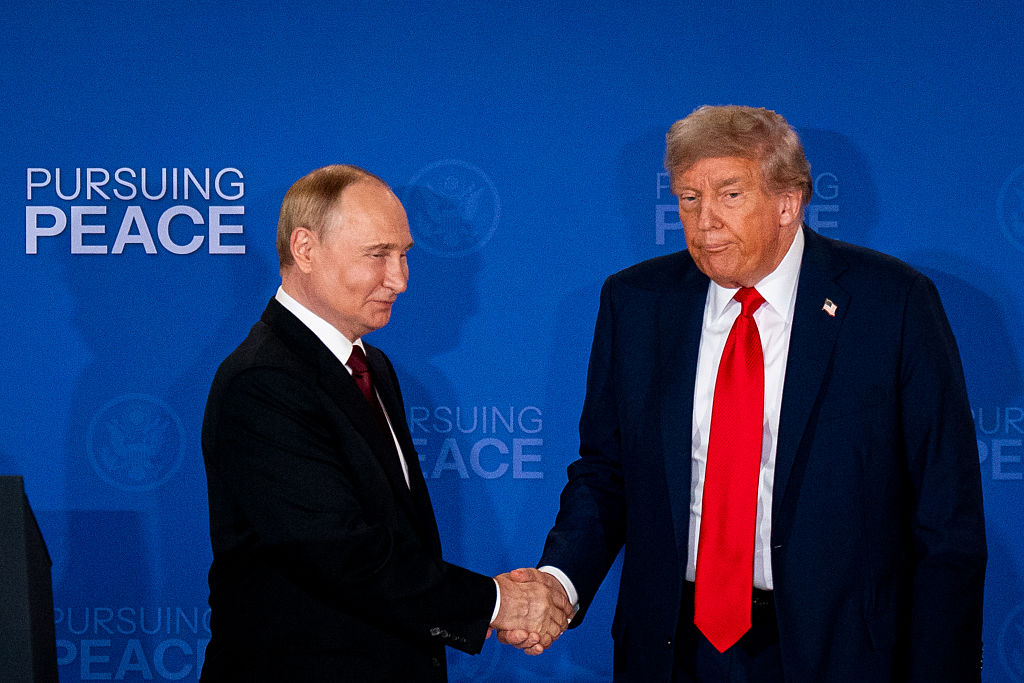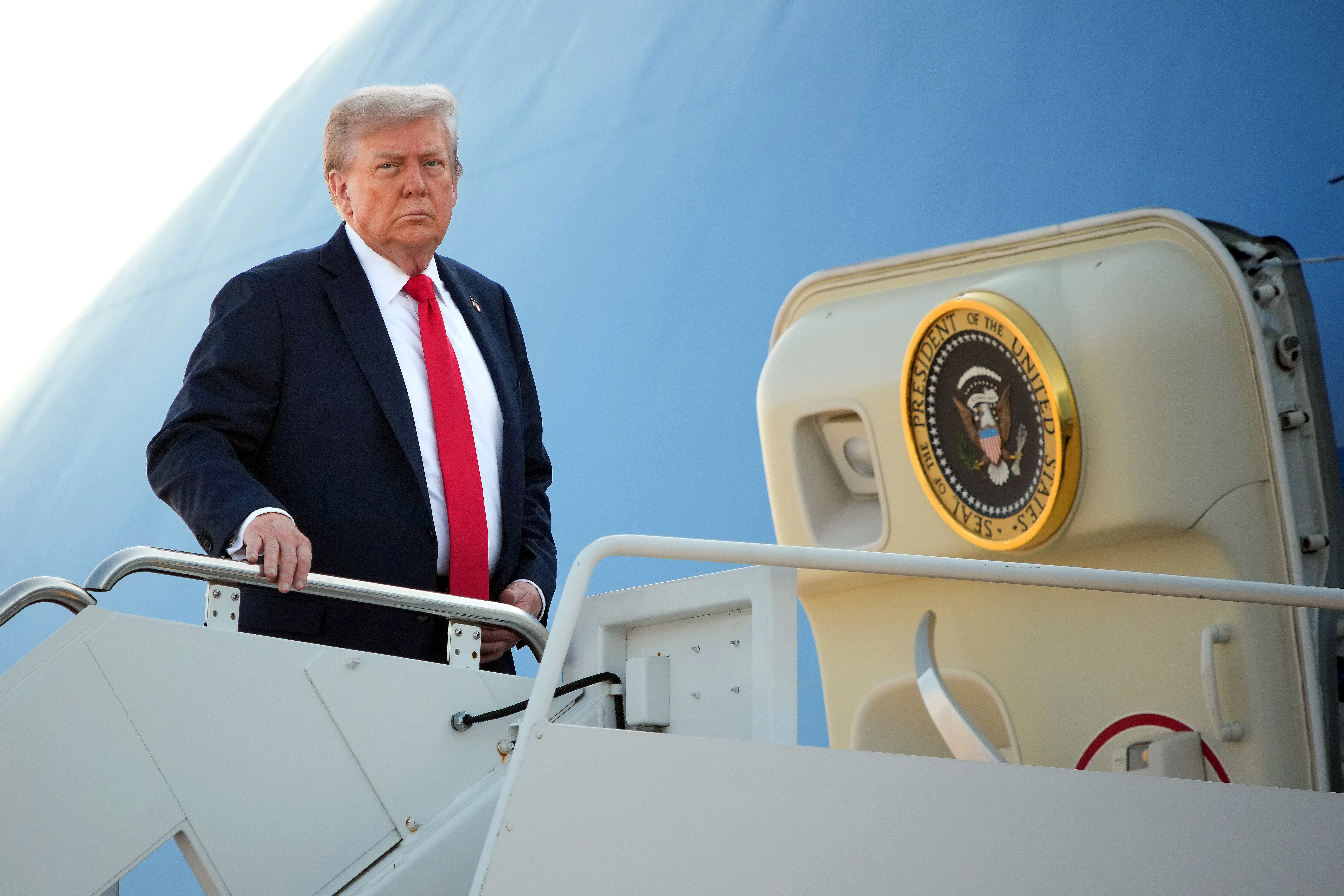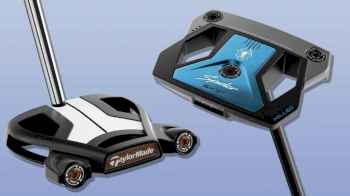Trump Says No Deal Reached With Putin as Alaska Summit Ends Earlier Than Expected

President Donald Trump said on Friday that the United States and Russia “didn’t get there” on a deal regarding the war in Ukraine, even as he called his three-hour meeting in Alaska with Russian President Vladimir Putin “extremely productive.” The meeting—which Trump had billed as “high stakes”—ended earlier than expected and on a deflated note for the U.S., with no concrete steps reached toward a ceasefire, and Trump cutting their joint press conference short. The two said they would meet again, possibly in Moscow.
[time-brightcove not-tgx=”true”]The high-profile summit in Anchorage, the first in-person encounter between the two leaders since 2019, was aimed at exploring a path toward a cease-fire in the war in Ukraine, even though Ukrainian President Volodymyr Zelensky had not been invited. After their meeting concluded, both Trump and Putin spoke only briefly to reporters and neither took any questions.
Putin seemed to control the appearance of the proceedings in front of the press. Typically at such summits, the host speaks first and welcomes the visiting leader. But when the two leaders stepped up to the twin lecterns, Trump put his hand out to indicate Putin should speak first. Putin then held the floor for eight minutes, but did not indicate the two men had made progress on Trump’s chief reason for meeting: moving toward an end to the war in Ukraine. Putin said the negotiations had been held in a “constructive atmosphere of mutual respect” and he flattered Trump by saying he agreed with Trump’s repeated assertion that if Trump had remained President for a second term, Putin would not have rolled tanks into Ukraine’s capital Kiev.
“We have built a very good and businesslike and trustworthy contact and have every reason to believe that moving down this path we can come to the end of the conflict in Ukraine,” Putin said. But he gave no details on how that would happen.
Putin appeared to warn European leaders and Zelensky to stay out of the way of what was a work-in-progress, even though the fate of Ukraine impacts them directly. “We expect that Kyiv and European capitals will perceive all this in a constructive manner and will not create any obstacles—will not make attempts to disrupt the emerging progress through provocations and behind-the-scenes intrigues,” Putin said.
After Putin finished his monologue, Trump spoke for just three minutes and cut the press conference short without taking any questions from the room full of reporters. Trump said he had “always had a fantastic relationship with President Putin, with Vladimir.” But, Trump continued, the investigation into Russia’s efforts to influence the 2016 election—what Trump calls the “Russia hoax”—had gotten in the way of the two leaders working together during his first term. “We were interfered with by Russia Russia Russia hoax,” Trump said.
On the Ukraine war, Trump said he and Putin are “going to try to get this over with” and stop thousands of people being killed each week. “I’m going to start making a few phone calls and telling them what happened,” Trump said, referring to Zelensky and European leaders.
But Trump made it clear that more meetings would be needed. “We’ll speak to you very soon and probably see you again very soon. Thank you very much Vladimir,” Trump said.
“And next time in Moscow,” Putin unexpectedly interjected.
“Ooh that’s an interesting one,” Trump replied. “I don’t know. I’ll get a little heat on that one. But I could see it possibly happening.”
Earlier Friday, after the two leaders had landed in Anchorage, they smiled and shook hands as they greeted each other on a tarmac. Trump and Putin then made a highly unusual move for leaders whose countries are widely viewed as adversaries: they both got in the backseat of Trump’s armored presidential limousine—with no staff or translators present—to reach the meeting space.
Inside the meeting room, the two leaders were seated alongside members of their respective inner circles in front of a blue backdrop that had the words “Pursuing Peace” printed on it. Putin looked visibly uncomfortable as reporters shouted questions before the meeting, appearing to shrug and make faces before shouting back inaudible remarks.
The summit had been framed as potentially determine the trajectory of the war and paving the way for future negotiations between Trump, Putin, and Zelensky, who had warned that he was counting on “a strong position from America.” Trump had previously warned Putin of “very severe consequences” if a ceasefire is not reached and said he’s prepared to “walk away” from the talks if they do not go well.
The negotiations were originally planned as a one-on-one meeting between Trump and his Russian counterpart, but were changed at the last minute to include Secretary of State Marco Rubio, Special Envoy Steve Witkoff, and two of Putin’s aides, according to White House Press Secretary Karoline Leavitt, turning the talks into a three-on-three format that could allow for greater clarity on what happened during the meeting as both sides offer their own narratives.
Read More: Why Trump’s Summit in Alaska Cannot End Putin’s War in Ukraine
Speaking with reporters aboard Air Force One as he flew to Alaska, Trump said that a potential agreement with Russia was not “set in stone” and that territorial swaps with Ukraine would be “discussed” during the meeting.
“I want to see a ceasefire rapidly,” he said. “I don’t know if it’s going to be today. But I’m not going to be happy if it’s not today.”
Just before Trump and Putin arrived in Alaska, Zelensky said in a video statement posted on social media that Russian military strikes were continuing throughout Ukraine on Friday, and called for a follow-up meeting in the future with all three leaders. “On the day of negotiations, the Russians are killing as well,” he said. “And that speaks volumes.”
Read More: Zelensky on Trump, Putin, and the Endgame in Ukraine
The Trump Administration had characterized the meeting as a “listening exercise” for Trump to better understand Putin’s conditions for ending the war in Ukraine.
Before landing in Alaska, Trump suggested renewed economic engagement between the U.S. and Russia could be on the horizon should peace negotiations yield tangible results.“I noticed he’s bringing a lot of business people from Russia, and that’s good,” Trump said. “I like that because they want to do business, but they’re not doing business until we get the war settled.”
Russia found itself estranged from much of the global economy following its 2022 invasion of Ukraine, as sweeping sanctions and diplomatic pressure from the U.S., Europe, and allied nations have left Moscow largely isolated from major markets and financial systems.
Trump’s suggestion of easing economic restrictions has drawn sharp criticism from European allies, who warn that any premature normalization could undermine the unified Western stance on sanctions and harm Ukraine’s position in ongoing negotiations.
Some analysts and Congressional Republicans, including Reps. Brian Fitzpatrick of Pennsylvania and Don Bacon of Nebraska, have also warned that such a move risks rewarding Putin’s invasion by effectively legitimizing Russia’s territorial gains and military aggression.
When asked by TIME in the Oval Office on Thursday whether his offering incentives to Russia to bring about peace might inadvertently reward Putin for his invasion of Ukraine, Trump responded, “I don’t see it as a reward.”
The summit was being closely monitored in Ukraine and across Europe for any sign that the long-standing conflict may finally begin moving toward resolution. The Kremlin has expressed its desire for Ukraine to hand over swaths of its territory—particularly areas in the south and east, which Putin’s army has failed to fully occupy.
Before the summit on Friday, Trump suggested he would not negotiate on behalf of Ukraine, particularly over whether to engage in territorial swaps with Russia. Zelensky has repeatedly said he is not willing to cede any territory to Russia, insisting that such a move would “gift their land to the occupier.” European leaders have warned that giving Russia land could embolden it to invade other countries.
“We are counting on America,” Zelensky said in a social media post on Friday. “The key thing is that this meeting should open up a real path toward a just peace and a substantive discussion between leaders in a trilateral format—Ukraine, the United States, and the Russian side. It is time to end the war, and the necessary steps must be taken by Russia.”

The summit also gave Putin the chance to appeal to Trump’s business interests. Russia’s Finance Minister Anton Siluanov and Kirill Dmitriev, a senior economic negotiator and head of Russia’s sovereign wealth fund, were among those who accompanied Putin to Alaska.
Read More: The Secret White House Backchannel That Paved the Way For Trump’s Summit With Putin
Asked if he would be discussing business opportunities with Russia during the meeting, Trump said: “If we make progress, I would discuss it, because that’s one of the things that they would like; they’d like to get a piece of what I built in terms of the economy.”
It’s unclear what kind of business deals Trump could use as leverage to resolve the war, but the President has previously threatened “severe consequences” if Putin doesn’t agree to end the conflict, including possible secondary sanctions on countries importing Russian oil and gas.
Trump told reporters earlier Friday that he believed “something” will come of the summit in Alaska and praised his relationship with Putin, whose invasion of Ukraine has resulted in tens of thousands of civilians killed and millions displaced.
“Look, he’s a smart guy. Been doing it for a long time, but so have I. I’ve been doing it for a long time, and here we are: We’re President[s],” Trump said on his way to the summit. “We get along. There’s a good respect level on both sides and I think something’s going to come of it.”



